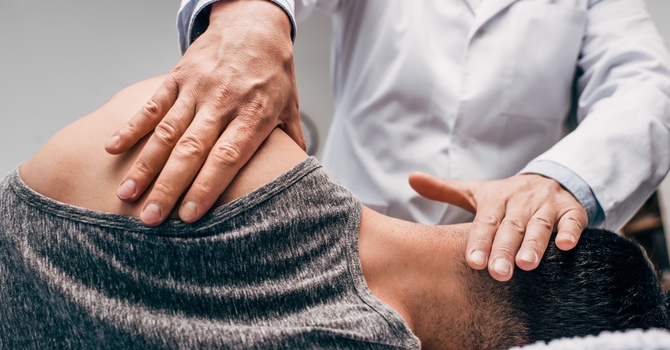Unlocking Relief: Understanding Low Back Pain and Disc Herniations
Low back pain, often accompanied by the dreaded diagnosis of disc herniation, can significantly impact daily life, making even simple tasks seem daunting. Disc herniations occur when the soft cushioning discs between the vertebrae bulge or rupture, putting pressure on nearby nerves and causing pain, tingling, or numbness in the lower back and legs. While the pain may start suddenly due to injury or trauma, it can also develop gradually over time due to repetitive movements, poor posture, or the natural aging process. Ignoring low back pain and disc herniations can lead to chronic discomfort and decreased mobility, affecting quality of life. Recognizing the importance of treating this pain and maintaining core and back stability becomes paramount, especially as we age.
Investing in Relief: Treating Low Back Pain and Disc Herniations
Seeking treatment for low back pain and disc herniations is crucial for managing symptoms and preventing further complications. Chiropractic care offers non-invasive approaches such as spinal adjustments and mobilizations to realign the spine, reduce pressure on nerves, and alleviate pain. Physical therapy focuses on strengthening the core muscles and improving flexibility, providing support to the spine and reducing the risk of future injuries. Additionally, acupuncture and massage therapy can provide relief by targeting tense muscles, promoting relaxation, and reducing inflammation. As we age, maintaining core and back stability becomes increasingly important to prevent falls, fractures, and other injuries. Incorporating exercises that strengthen the core muscles and promote proper posture can help support the spine and reduce the risk of low back pain and disc herniations. By investing in treatment and prioritizing core and back stability, individuals can unlock relief and enjoy improved mobility and quality of life.

Arno Grigoryan
Contact Me



